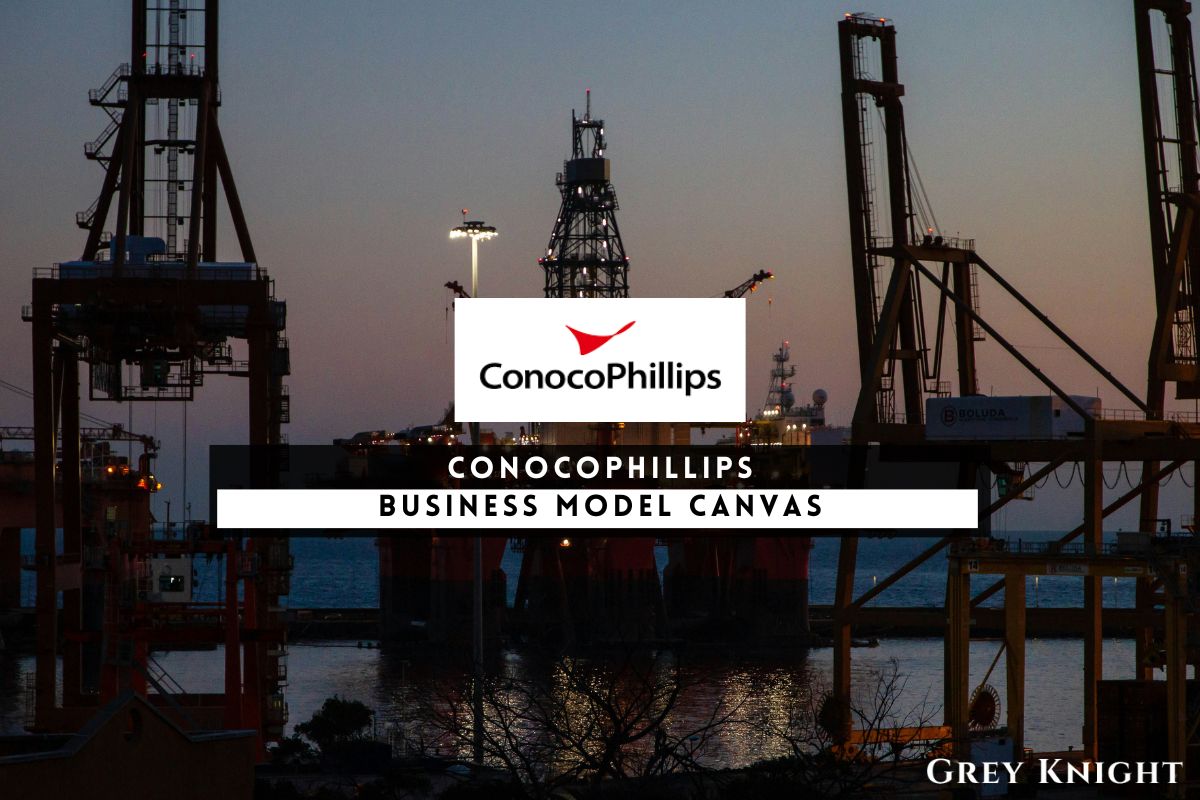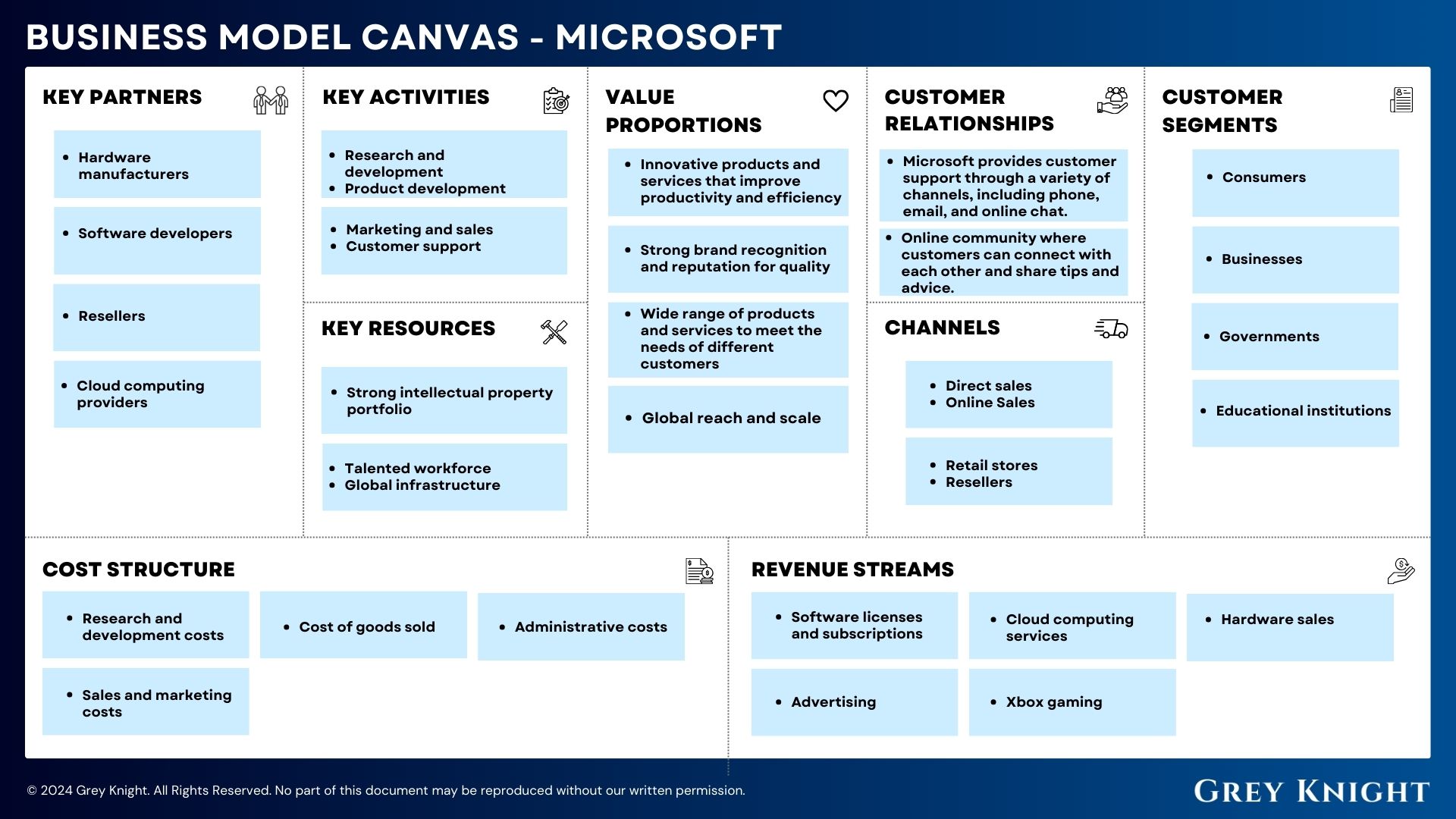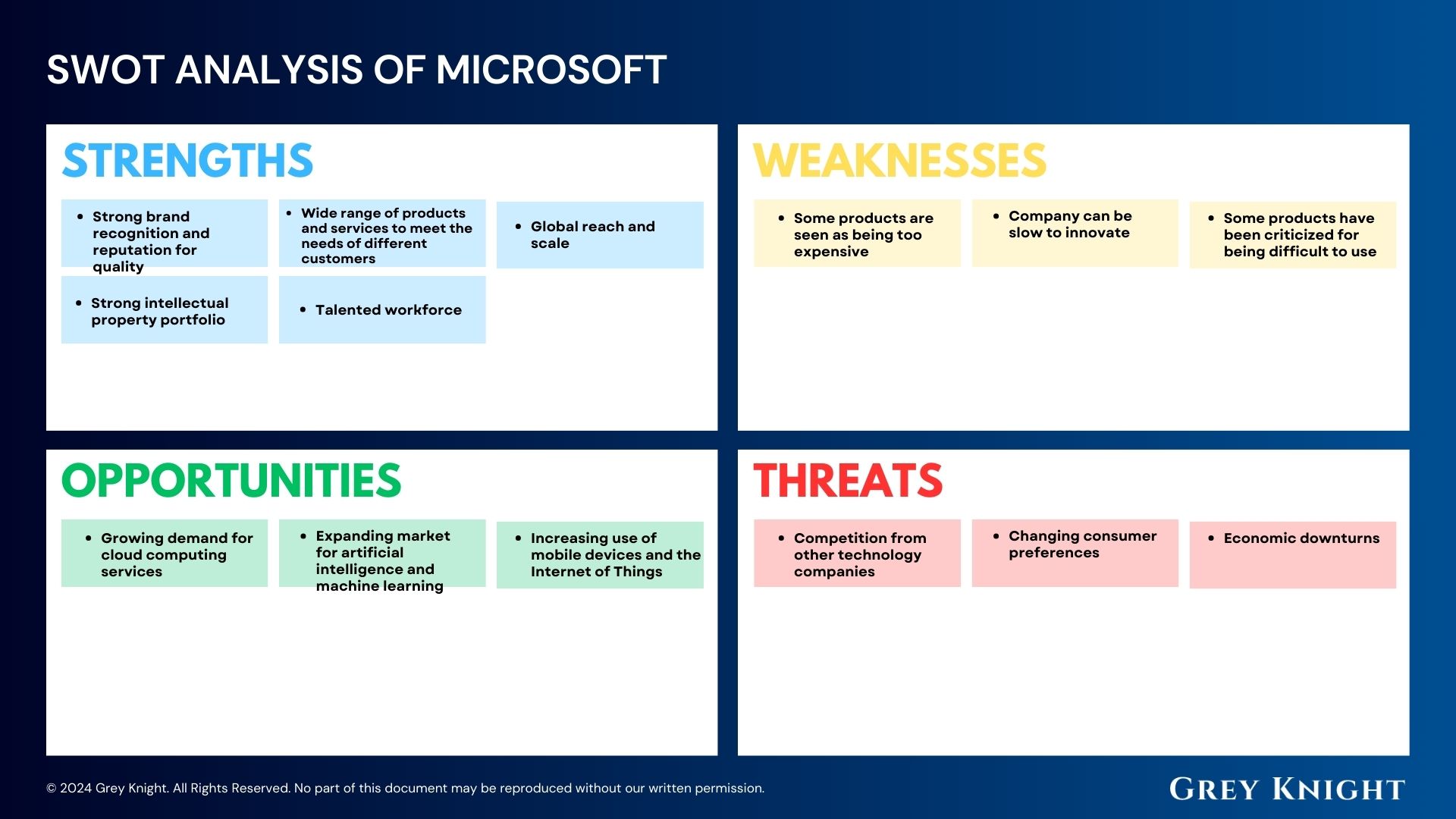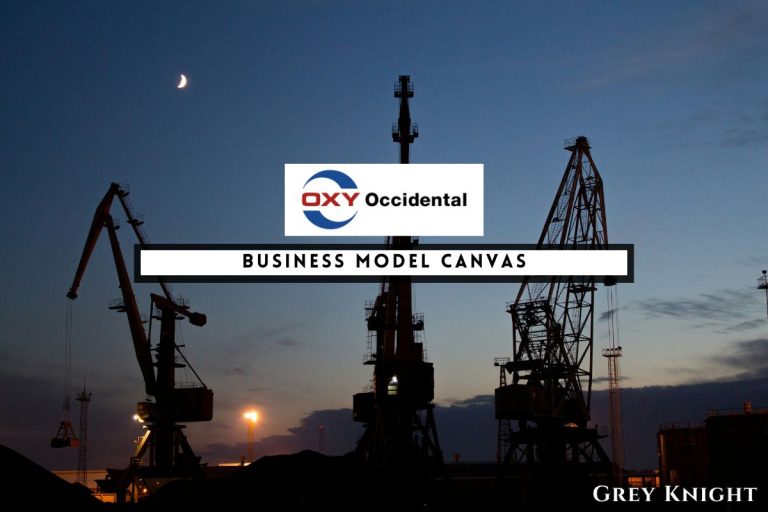Table of Contents
ToggleA Brief History of Conoco Phillips

ConocoPhillips is a multinational energy corporation that was formed in 2002 through the merger of Conoco Inc. and Phillips Petroleum Company.
Conoco Inc. was founded in 1875 as the Continental Oil and Transportation Company, initially focused on oil refining and transportation. Over the years, the company expanded its operations to include exploration and production, as well as marketing and distribution of petroleum products. Conoco became one of the largest integrated oil companies in the world.
Phillips Petroleum Company was established in 1917 by brothers Lee Eldas “L.E.” Phillips and Frank Phillips, initially as a producer of natural gas and gasoline from a small refinery in Oklahoma. The company grew rapidly through acquisitions and exploration, becoming a major player in the oil and gas industry.
The merger of Conoco and Phillips created one of the largest energy companies in the world, with operations in more than 30 countries. The company continued to grow and expand its portfolio through acquisitions and partnerships, becoming a leading producer of oil, natural gas, and other energy-related products.
In 2012, ConocoPhillips split into two separate publicly traded companies, with the upstream business retaining the ConocoPhillips name and the downstream business becoming Phillips 66. This restructuring allowed the two entities to focus on their respective core businesses and strategic priorities.
Today, ConocoPhillips continues to be a major player in the global energy industry, with a focus on sustainable and responsible energy production. The company operates in various regions around the world and continues to invest in research and development of new technologies to meet the world’s energy needs.
Who Owns Conoco Phillips?
ConocoPhillips is a publicly traded company, so its ownership is spread among a large number of shareholders. As of the latest available information, the top 10 shareholders of ConocoPhillips are The Vanguard Group, BlackRock Inc., State Street Corporation, Capital Research & Management Co., Northern Trust Corporation, Bank of America Corporation, Fidelity Management & Research Company, JPMorgan Chase & Co., and Wellington Management Company. These institutional investors and asset management firms collectively hold a significant portion of the company’s shares, representing a diverse group of stakeholders with an interest in the company’s performance and future prospects.
Conoco Phillips Mission Statement
ConocoPhillips’ mission is to be the premier independent exploration and production company in the world by delivering energy in a safe, cost-effective, and environmentally responsible manner. They aim to create value for their shareholders, employees, and the communities in which they operate by efficiently and effectively developing, producing, and marketing energy resources. The company is committed to operating with integrity, honesty, and respect for all stakeholders.
How Conoco Phillips Makes Money?
ConocoPhillips operates as an independent exploration and production company in the oil and gas industry. The company’s business model centers around the exploration, production, refining, and marketing of oil and natural gas. ConocoPhillips makes money primarily through the sale of these hydrocarbons, both domestically and internationally. The company’s revenue stream is derived from the sale of crude oil, natural gas liquids, and natural gas, as well as from refining and marketing activities. Additionally, ConocoPhillips generates income through various joint ventures, partnerships, and investments in upstream projects. Overall, the company’s business model is focused on maximizing profitability through efficient operations and strategic resource management.
Conoco Phillips Business Model Canvas
The Business Model Canvas is a strategic management and entrepreneurial tool that allows organizations to describe, design, and analyze their business models in a visual format. It consists of nine key components including Customer Segments, Value Propositions, Channels, Customer Relationships, Revenue Streams, Key Resources, Key Activities, Key Partners, and Cost Structure. By utilizing the Business Model Canvas, Conoco Phillips can identify key elements of their business model, assess their strengths and weaknesses, and develop strategies for sustainable growth and success.
Customer Segments:
1. Conoco Phillips targets a diverse range of customer segments, including individual consumers, commercial enterprises, and other oil and gas industry players.
2. The company serves a global customer base, with operations and market presence in various countries and regions.
3. Conoco Phillips caters to customers with differing needs and preferences, offering a wide range of energy products and solutions to meet their requirements.
Value Propositions:
1. Conoco Phillips offers high-quality and reliable energy products, including crude oil, natural gas, and refined petroleum products.
2. The company emphasizes sustainability and environmental responsibility in its operations, providing eco-friendly energy solutions to customers.
3. Conoco Phillips focuses on innovation and technology, constantly seeking new and improved methods for energy extraction, production, and distribution.
Channels:
1. Conoco Phillips utilizes a multi-channel distribution approach, including direct sales, partnerships with distributors, and online platforms for customer engagement.
2. The company leverages various distribution channels to reach different customer segments and market segments effectively.
3. Conoco Phillips prioritizes efficient and reliable channels for delivering energy products to customers, ensuring timely and cost-effective distribution.
Customer Relationships:
1. Conoco Phillips values long-term relationships with its customers, aiming to build trust and loyalty through consistent and exceptional service.
2. The company provides personalized support and assistance to customers, addressing their specific needs and concerns.
3. Conoco Phillips fosters open communication and feedback mechanisms with customers, seeking to understand their preferences and improve overall satisfaction.
Revenue Streams:
1. Conoco Phillips generates revenue primarily through the sale of crude oil, natural gas, and refined petroleum products.
2. The company also earns income from various energy-related services, such as transportation, logistics, and consulting.
3. Conoco Phillips explores opportunities for diversifying revenue streams, including investments in renewable energy and alternative fuels.
Key Resources:
1. Conoco Phillips relies on its extensive reserves of oil and natural gas as primary resources for energy production.
2. The company’s workforce, including skilled employees, engineers, and management, serves as a crucial resource for innovation and operations.
3. Conoco Phillips invests in advanced technologies, equipment, and infrastructure to support its energy extraction and production activities.
Key Activities:
1. Conoco Phillips engages in exploration, drilling, extraction, and production of oil and natural gas resources.
2. The company focuses on refining and processing raw materials to produce high-quality petroleum products for its customers.
3. Conoco Phillips also conducts research and development activities to innovate and optimize its energy solutions and technologies.
Key Partners:
1. Conoco Phillips partners with various suppliers and vendors to source raw materials, equipment, and services necessary for its operations.
2. The company collaborates with distribution partners and logistics providers to ensure the efficient and reliable delivery of its energy products to customers.
3. Conoco Phillips also establishes strategic partnerships with technology providers and research institutions to drive innovation and sustainability in the energy sector.
Cost Structure:
1. Conoco Phillips incurs costs related to exploration, extraction, and production of oil and natural gas, including operational expenses and capital investments.
2. The company bears costs associated with refining, processing, and transportation of energy products, including maintenance and logistics expenses.
3. Conoco Phillips also invests in research and development, human resources, and marketing initiatives, contributing to its overall cost structure.
Conoco Phillips’s Competitors
Conoco Phillips, one of the world’s largest independent exploration and production companies, faces tough competition from several major players in the oil and gas industry. Some of its top competitors include ExxonMobil, Chevron, Shell, BP, and Total. These companies have extensive global operations and significant resources, making them formidable rivals in the market. Despite this competition, Conoco Phillips has managed to maintain its position as a leading player in the industry, with a strong focus on innovation, efficiency, and sustainability.
Conoco Phillips SWOT Analysis
Strengths:
1. Strong global presence and operations in various segments of the oil and gas industry.
2. Diverse portfolio of exploration, production, refining, and marketing assets.
3. Strong financial performance and revenue generation.
4. Focus on innovation and technological advancements in the energy sector.
Weaknesses:
1. Vulnerability to fluctuations in oil and gas prices.
2. Dependence on mature and declining oil and gas fields for production.
3. High operating costs and capital expenditures.
Opportunities:
1. Expansion into new and emerging markets for oil and gas exploration and production.
2. Investment in renewable energy and sustainability initiatives.
3. Strategic partnerships and collaborations for diversification and growth.
Threats:
1. Uncertain regulatory environment and political instability in key operating regions.
2. Competition from other major oil and gas companies.
3. Environmental concerns and potential impacts on the company’s operations and reputation.
Concluding Analysis
In conclusion, after diving deep into the business model of Conoco Phillips, it’s clear that the company has a strong portfolio, a focus on innovation, and a commitment to sustainability. As an analyst, I believe that the future of Conoco Phillips looks promising. With their strategic investments in renewable energy and a continued emphasis on operational excellence, the company is well-positioned to navigate the challenges and opportunities of the evolving energy market. Their adaptability and forward-thinking approach make me confident in the potential for continued success and growth in the years to come.
Additional Resources
To keep learning and advancing your career, we highly recommend these additional resources:
Business Model Canvas of The Top 1,000 Largest Companies by Market Cap in 2024
A List of 1000 Venture Capital Firms & Investors with LinkedIn Profiles
Peter Thiel and the 16 Unicorns: The Legacy of Thiel Fellowship












